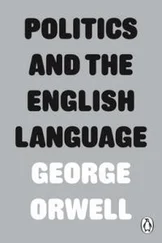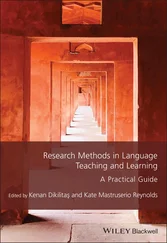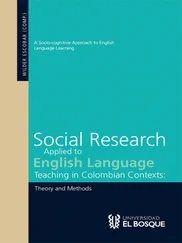In this regard, the study presented here aims to fill this gap and advance the understanding of research in future students’ expertise and attitudes toward digital technologies (DT) in EFL education. Specifically, the following three research questions (RQ) are being sought:
RQ 1: What are the general attitudes and the degree of their perceived digital competence of student teachers toward the use of digital technologies in ELT?
RQ 2: What are the relationships between the self-perceptions of student teachers’ digital competence and their attitudes toward digital technologies?
RQ3: To what extent do factors including age, gender, school types, and teaching experience influence the attitudes of student teachers toward DT?
3.2 Design, Make-up, and Context of the Study
designing the questionnaireWhen second language teachers and researchers survey opinions, beliefs, and attitudes, they tend to make use of Likert-type scales (DeVellis 1991). Since the purpose of the present research is to explore future teachers’ attitudes and their self-reports of their digital competence, a questionnaire based on Likert-type scales was designed (Figure 1).
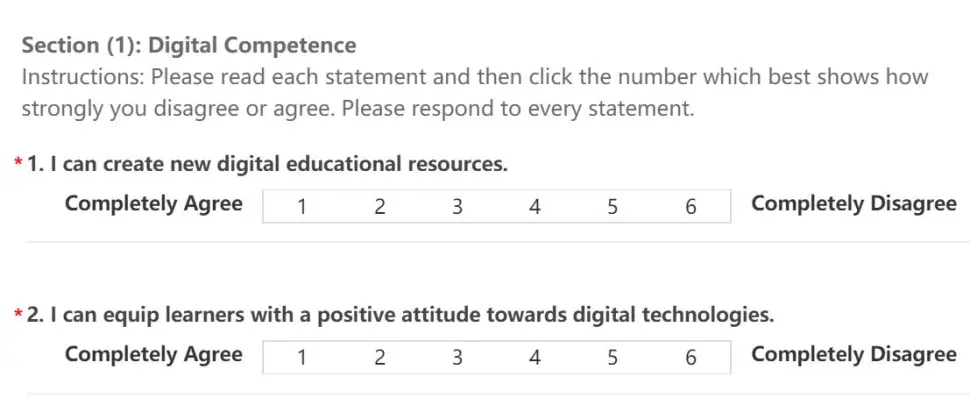 Figure 1:
Figure 1:
Example of using Likert-type scales in the questionnaire
The questionnaire consisted of three sections: (1) self-perceptions of student teachers’ digital competence, (2) student teachers’ attitudes toward digital technologies and (3) demographics. The total number of items is 52. Each of the first two sections was made up of 22 6-point Likert scale items (1=Completely Agree, 2=Mostly Agree, 3=Slightly Agree, 4=Slightly Disagree, 5=Mostly Disagree, 6=Completely Disagree). We did not adopt the commonly used Likert scale with 5 or 7 responses with a neutral midpoint, because a 6-point Likert scale tends to have a higher degree of discrimination and reliability than a 5-point one (Chomeya 2010) and increases measurement precision. By way of having no middle category, respondents are urged to make a decision outside of the frequently preferred middle ground, which could reduce the production of construct-irrelevant variance (Nemoto & Beglar 2014). Items in the first two sections are based on six constructs and 4 constructs respectively which will be presented in 3.3. The order of the items was mixed up to avoid monotony and participants’ unconscious tendency to repeat their previous choices. The third section of the questionnaire mainly included demographic information such as gender, age, and years of receiving pre-service or in-service teacher education.
conducting the surveyThis study was first piloted using the print versions of the questionnaire in an advanced TEFL seminar on Oct. 16th, 2019 with 16 participants from a university in Bavaria. According to the feedback in terms of clarity, format, and length, the questionnaire was revised and transferred into a digital version by using https://www.wjx.cn/,which is an online website to create questionnaires. Then the official survey was conducted by asking student teachers to scan the QR code or type in the link generated by the website in two lectures on Nov. 5th, 2019 as well as in a seminar on Nov. 19th, 2019. The preliminary analysis of the collected data was shown to the student teachers near the end of the lectures as incentives for their research participation. The number of valid responses is 181.
3.3 Explaining the Constructs of the Questionnaire
digital competence: constructsThe 22 items concerning perceived digital competence in the first section were constructed in consonance with the six dimensions stated in the DigCompEdu framework that have been introduced above. The questionnaire items were grouped in six constructs as follows:
 The order in which the items appear in the list below reflect their linear order and their association with their respective construct. In the survey that was administered to the respondents of this study, the items were disconnected from their constructs and mixed up – hence the non-linear order of numbers you find below. In the subsequent evaluation, all items were sorted back into the original order.
The order in which the items appear in the list below reflect their linear order and their association with their respective construct. In the survey that was administered to the respondents of this study, the items were disconnected from their constructs and mixed up – hence the non-linear order of numbers you find below. In the subsequent evaluation, all items were sorted back into the original order.
Professional Engagement
w7. I can use digital technologies to collaborate with others, such as sharing English teaching ideas using Dropbox.
w8. I use digital sources and resources for my professional development in my teacher training, such as attending online lectures or watching online tutorials.
w16. I can critically reflect on my own digital English teaching practice.
Digital Resources
w1. I can create new digital educational resources.
w3. I can implement digital devices and resources in the English teaching process.
w4. I can correctly apply privacy and copyright rules when using digital resources.
w11. I can modify digital educational resources.
w13. I can select appropriate digital resources for English teaching and learning.
Teaching and Learning
w12. I can use digital technologies to encourage communication among learners.
w14. I can offer support to learners with digital technologies.
w17. I can help learners take more control of their own English learning with digital technologies.
w18. I can design the use of digital technologies in lesson planning.
Assessment
w9. I can use digital technologies to assess English learning.
w15. I can analyze digital evidence on learners’ progress critically.
w21. I can use digital technologies to provide targeted feedback to learners.
Empowering Learners
w5. I can use digital technologies to make learners more engaged with English learning.
w6. I know how to provide alternative digital tools for learners with special needs, e.g. visual or hearing impairments.
w22. I can design personalized learning plans to meet individual students’ needs with the help of digital resources.
Facilitating Learners’ Digital Competence
w2. I can equip learners with a positive attitude toward digital technologies.
w10. I can encourage students to solve technical problems.
w19. I can encourage learners to search for digital content.
w20. I can help students express themselves in English through digital means.
attitudes toward digital technologies: constructsThe second section is composed of four constructs and 22 items targeting student teachers’ attitudes toward digital technologies. Three items in the first construct are reverse items denoted by REV. Reverse items are the opposite of other items in terms of meaning and need to be reversely scored, i.e. 1=completely disagree and 6=completely agree in this study. They are used to prevent the respondents from answering the questionnaire too carelessly.
Personal Feeling toward Digital Technologies
w23. I am confident in my skills in using digital technologies.
w25. I feel comfortable when using digital technologies.
w28. Learning about digital technologies and using them is a waste of time. (REV)
w34. I enjoy using digital technologies in learning and teaching.
w36. I am worried about my data privacy. (REV)
w44. I think digital technologies save my time and effort.
w40. I think digital technologies are too distracting. (REV)
Attitudes toward Digital Technologies in Teaching and Learning
w27. Digital technologies make the classroom a better place.
w32. Digital technologies make English learning and teaching easier.
Читать дальше
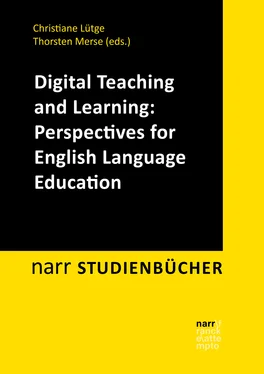
 Figure 1:
Figure 1: The order in which the items appear in the list below reflect their linear order and their association with their respective construct. In the survey that was administered to the respondents of this study, the items were disconnected from their constructs and mixed up – hence the non-linear order of numbers you find below. In the subsequent evaluation, all items were sorted back into the original order.
The order in which the items appear in the list below reflect their linear order and their association with their respective construct. In the survey that was administered to the respondents of this study, the items were disconnected from their constructs and mixed up – hence the non-linear order of numbers you find below. In the subsequent evaluation, all items were sorted back into the original order.
